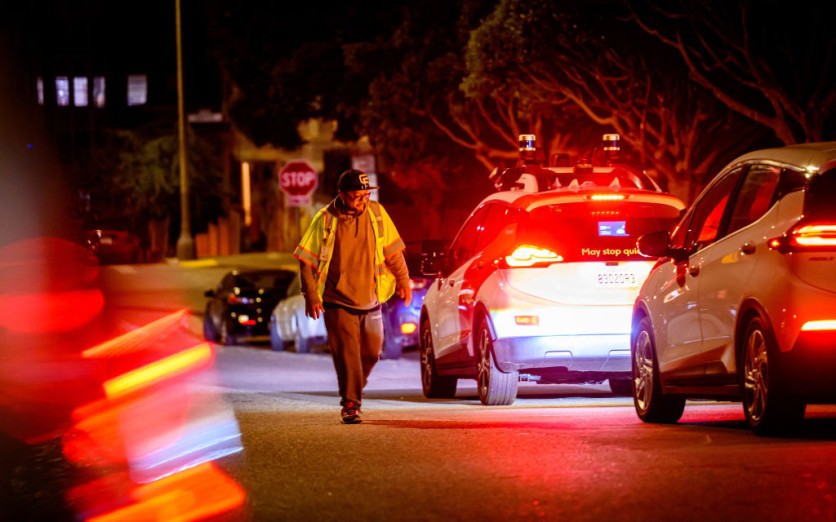General Motors' (GM) self-driving vehicle division, Cruise, has declared a national halt to its driverless operations after the revocation of its license by California authorities over safety concerns. Investigations regarding possible dangers to passengers and pedestrians led to the decision.
Cruise said on the X platform (formerly Twitter) that it will "proactively pause driverless operations across all of our fleets" to review its procedures, instruments, and systems in an attempt to win back the public's confidence, according to AP News.
The Cruise suspension implies that activities under human supervision will go on, and it has nothing to do with recent accidents that happened on the road. Notably, this covers activities under the indefinite suspension in California.

Cruise Facing Serious Setback
With great expectations for Cruise, General Motors now faces a serious setback. By 2025, the carmaker expected Cruise to bring in $1 billion in revenue annually, a significant rise from the $106 million it brought in the previous year when the firm lost over $2 billion.
In addition to testing a robotaxi service in several places, including Austin, Phoenix, and Los Angeles, Cruise has been expanding its service offerings. The Cruise suspension is a result of many safety events that have prompted questions about the reliability of Cruise's autonomous cars in general and its robotaxi service in particular.
A pedestrian who had previously been hit by another human-driven car was involved in an accident with a Cruise robotaxi earlier this month. When the cruise car stopped, the pedestrian became stuck underneath it.
Following allegations of accidents in which cruise cars may not have driven with sufficient care near people on streets, including crosswalks, the National Highway Traffic Safety Administration (NHTSA) has opened an inquiry into the matter. There have been complaints of pedestrian injuries with cruise cars to the NHTSA's Office of Defects Investigation, per a report from ABC News.
An initial investigation was started in December of last year in response to complaints that Cruise's robotaxis may suddenly cease moving or would suddenly stop moving altogether, thereby leaving passengers stranded. Three rear-end incidents that happened when Cruise automated cars braked suddenly served as the impetus for this inquiry.
Cruise Cars Involved in Accidents
A recent incident between a human-driven car and a pedestrian that put the person in the path of a Cruise autonomous vehicle resulted in the worldwide suspension of Cruise. Cruise says that even though it braked and executed an evasive maneuver, the car still collided with the pedestrian. The car stopped, then shifted sideways to allow free flow for incoming vehicles, pulling the injured man approximately 20 feet.
Cruise got called out by the California Department of Motor Vehicles, accusing them of giving false impressions about the security of their self-driving cars. This led to Cruise's permits being revoked for operating autonomous cars in San Francisco, per Wired. Regulators say that Cruise's cars are not safe for the public.
Meanwhile, the pedestrian remains in a critical state in a hospital while the investigation is ongoing.
Recently, Cruise announced its intentions to extend its autonomous taxi service to 14 US cities, putting it in the driverless car market as a competitor with firms like Waymo and Zoox.

ⓒ 2025 TECHTIMES.com All rights reserved. Do not reproduce without permission.




